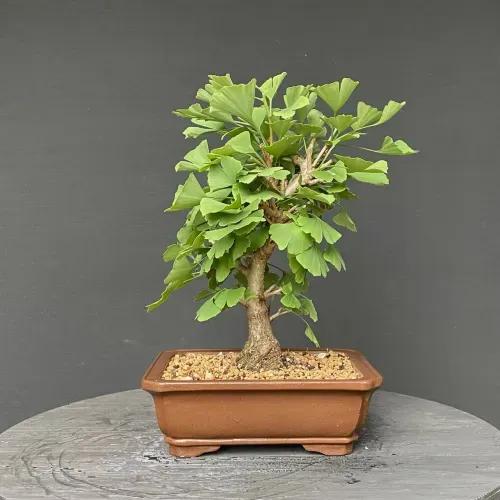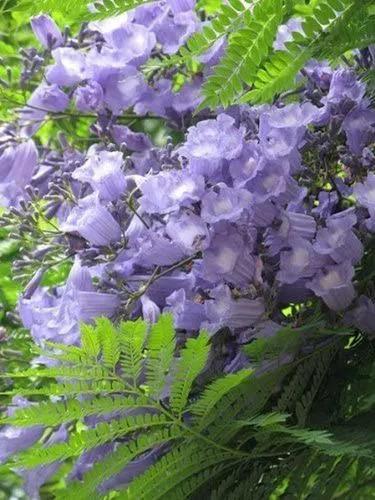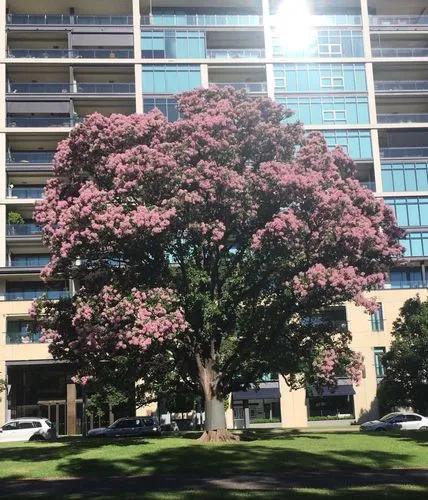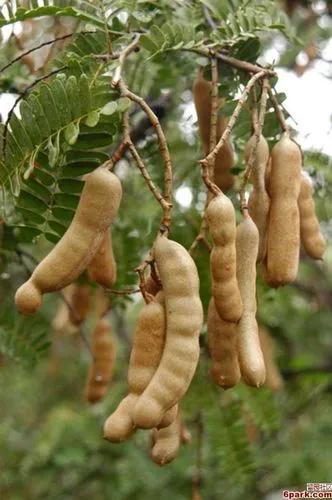Betula papyrifera (paper birch, also known as (American) white birch and canoe birch) is a short-lived species of birch native to northern North America. Paper birch is named for the tree's thin white bark, which often peels in paper like layers from the trunk. Paper birch is often one of the first species to colonize a burned area within the northern latitudes, and is an important species for moose browsing. The wood is often used for pulpwood and firewood. In St. Louis, paper birch is best grown in medium to wet, well-drained sandy or rocky loams in part shade. It is best sited in a northern or eastern exposure that receives some afternoon shade. It needs consistently moist soils. Consider using soaker hoses and bark mulches to keep the root zones cool and moist. It needs little pruning, but if necessary, prune during the dormant season. Avoid pruning in spring when the sap is running. Performs best in cool northern climates where summer temperatures rarely exceed 75 degrees F. and where root zones are generally covered with snow throughout the winter.
Paper Birch Care
Betula Papyrifera
Other names: American White Birch, Canoe Birch, White Birch



It is a medium-sized deciduous tree typically reaching 20 m (66 feet) tall, and exceptionally to 40 m (130 feet) with a trunk up to 75 cm (30 inches) in diameter. Within forests, it often grows with a single trunk but when grown as a landscape tree it may develop multiple trunks or branch close to the ground. Paper birch is a typically short-lived species. It handles heat and humidity poorly and may live only 30 years in zones six and up, while trees in colder-climate regions can grow for more than 100 years. B. papyrifera will grow in many soil types, from steep rocky outcrops to flat muskegs of the boreal forest. Best growth occurs in deeper, well drained to dry soils, depending on the location. In older trees, the bark is white, commonly brightly so, flaking in fine horizontal strips to reveal a pinkish or salmon-colored inner bark. It often has small black marks and scars. In individuals younger than five years, the bark appears a brown red color with white lenticels, making the tree much harder to distinguish from other birches. The bark is highly weather-resistant. It has a high oil content and this gives it its waterproof and weather-resistant characteristics. Often, the wood of a downed paper birch will rot away, leaving the hollow bark intact. The leaves are dark green and smooth on the upper surface; the lower surface is often pubescent on the veins. They are alternately arranged on the stem, oval to triangular in shape, 5–10 cm (2–4 inches) long and about 2⁄3 as wide. The leaf is rounded at the base and tapering to an acutely pointed tip. The leaves have a doubly serrated margin with relatively sharp teeth. Each leaf has a petiole about 2.5 cm (0.98 inches) long that connects it to the stems. The fall color is a bright yellow color that contributes to the bright colors within the northern deciduous forest. The leaf buds are conical and small and green-colored with brown edges. The stems are a reddish-brown color and may be somewhat hairy when young. The flowers are wind-pollinated catkins; the female flowers are greenish and 3.8 cm (1.5 inches) long growing from the tips of twigs. The male (staminate) flowers are 5–10 cm (2–4 inches) long and a brownish color. The tree flowers from mid-April to June depending on location. Paper birch is monoecious, meaning that one plant has both male and female flowers. The fruit matures in the fall. The mature fruit is composed of numerous tiny winged seeds packed between the catkin bracts. They drop between September and spring. At 15 years of age, the tree will start producing seeds but will be in peak seed production between 40 and 70 years. The seed production is irregular, with a heavy seed crop produced typically every other year and with at least some seeds being produced every year. In average seed years, 2,500,000 seeds per hectare (1,000,000 per acre) are produced, but in bumper years 86,000,000 per hectare (35,000,000 per acre) may be produced. The seeds are light and blow in the wind to new areas; they also may blow along the surface of snow. The roots are generally shallow and occupy the upper 60 cm (24 inches) of the soil and do not form taproots. High winds are more likely to break the trunk than to uproot the tree.
How to Care for the Plant

Popularity

312 people already have this plant 32 people have added this plant to their wishlists
Discover more plants with the list below
Popular articles






